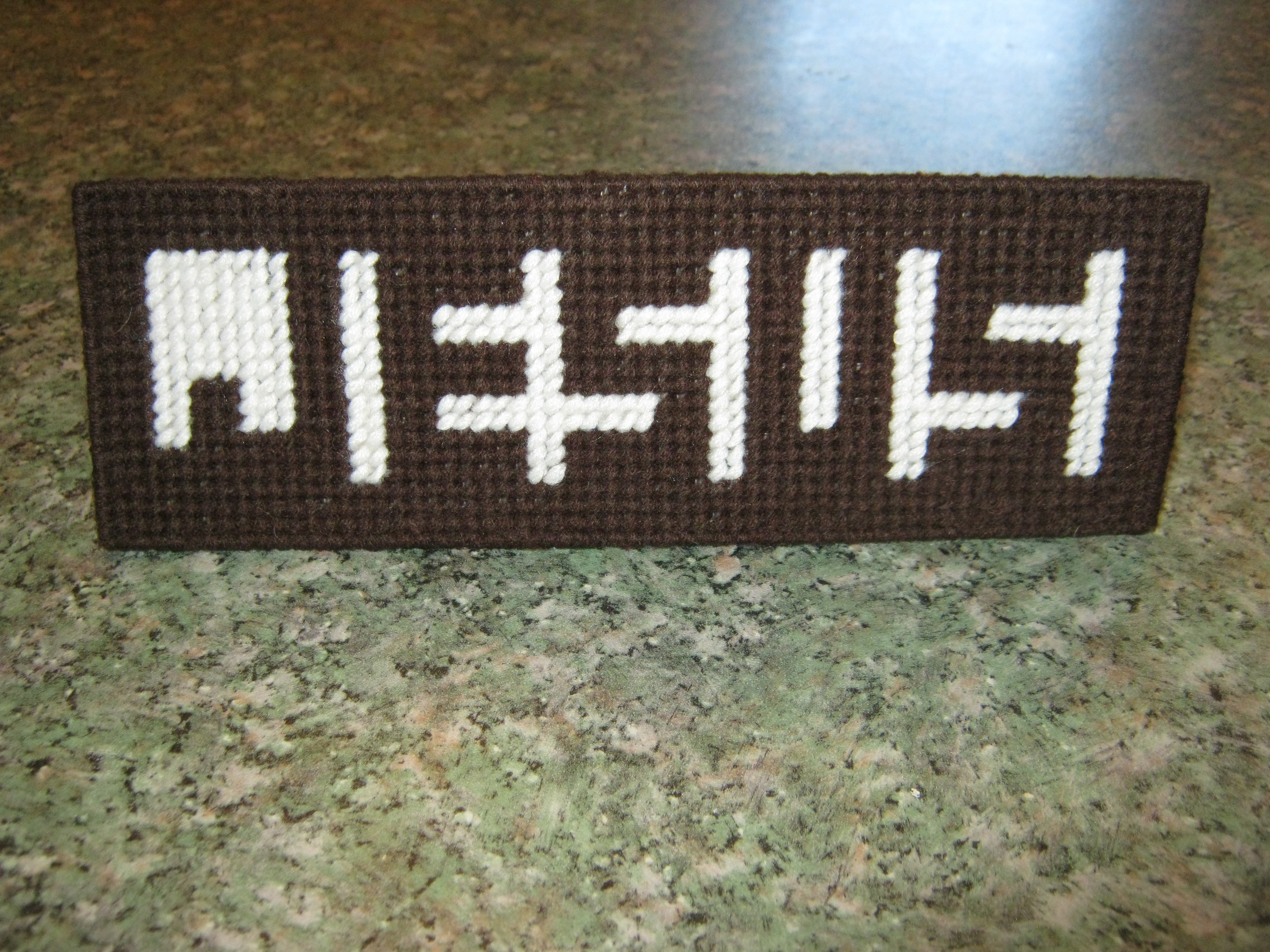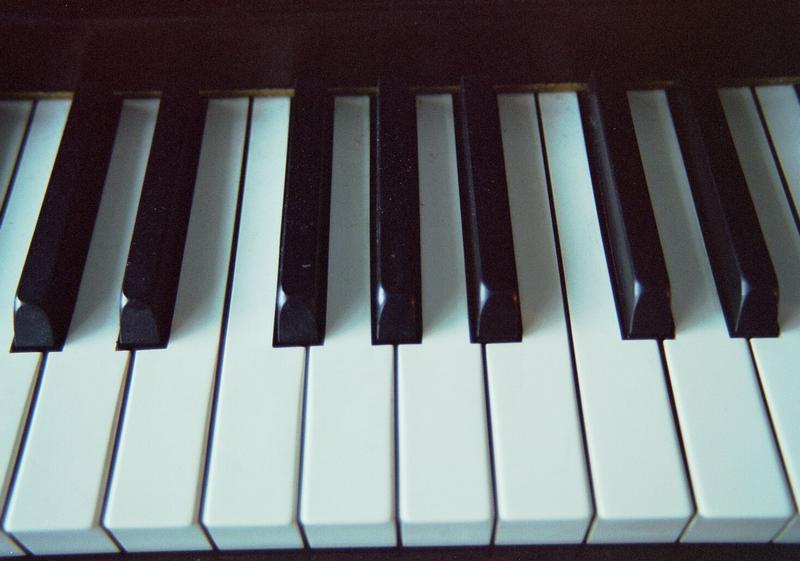
 Binocular cues are vital when trying to judge the distance of nearby objects. A binocular cue is a depth cue, such as retinal disparity and convergence that depend on the use of two eyes. Retinal disparity is relatively simple. Since our eyes are about 2.5 inches apart, each receives slightly different images of the world. The closer an object is viewed to your eyes, the greater the disparity. Likewise the further an object is viewed, the less difference there is between the images. This example can be seen at two of the picture viewed here on the left and right. Although both eyes are viewing the same image, they are viewing the image from slightly different vantage points creating slight differences.
Binocular cues are vital when trying to judge the distance of nearby objects. A binocular cue is a depth cue, such as retinal disparity and convergence that depend on the use of two eyes. Retinal disparity is relatively simple. Since our eyes are about 2.5 inches apart, each receives slightly different images of the world. The closer an object is viewed to your eyes, the greater the disparity. Likewise the further an object is viewed, the less difference there is between the images. This example can be seen at two of the picture viewed here on the left and right. Although both eyes are viewing the same image, they are viewing the image from slightly different vantage points creating slight differences.Also, convergence is a binocular cue for perceiving depth. It is caused by the greater inward turn your eyes do when they view a near object. The brain has to do computations to focus in on what you are trying to see. The greater the inward strain, the closer the object.











